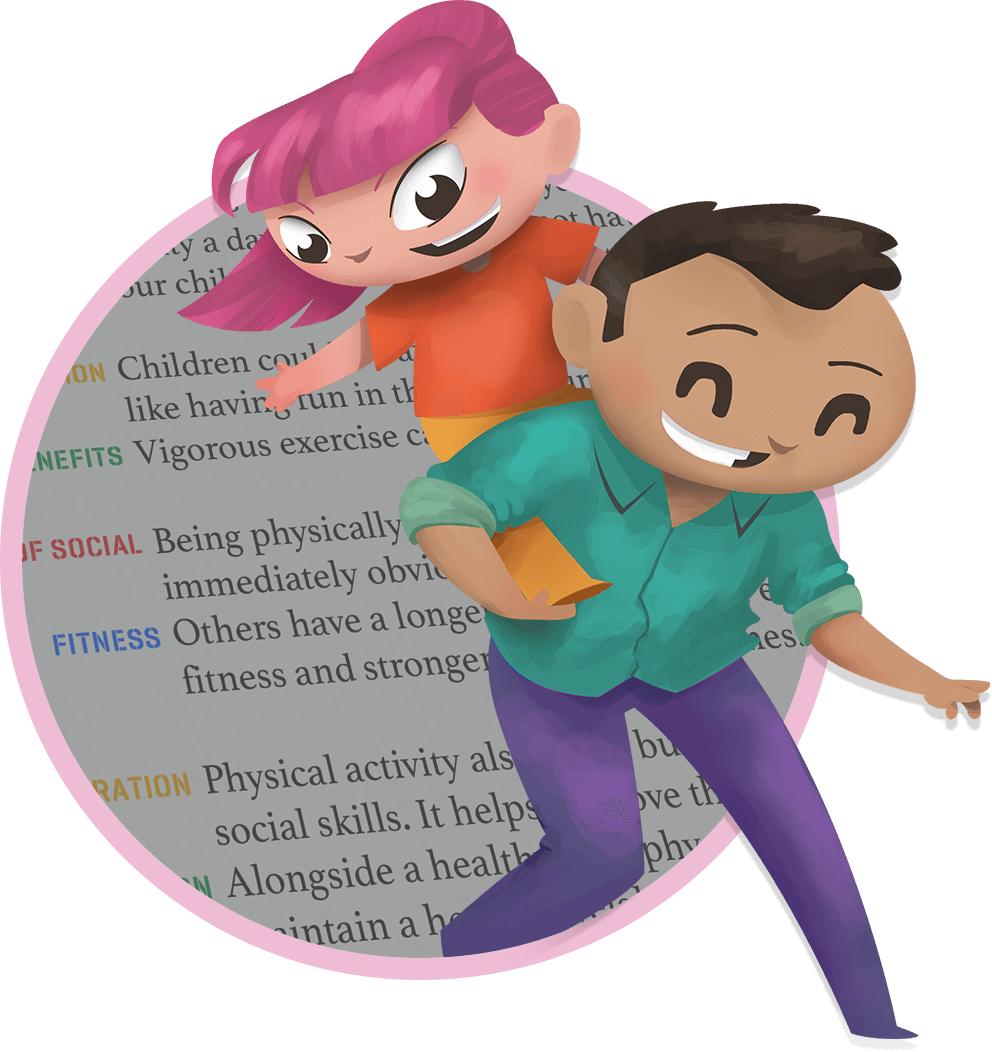Heart conditions: What you need to know

Congenital heart disease is one of the most common types of birth defect, affecting up to 9 in every 1,000 babies born in the UK. The term "congenital" means the condition is present at birth.
Know the signs and symptoms:
- Rapid heart beat or breathing
- Excessive sweating
- Extreme tiredness and fatigue
- Fainting during exercise
- Cyanosis (a blue colouring) to the skin or lips
Some children might not exhibit any obvious symptoms, however your GP may refer for further tests if they detect a murmur or anything out of the ordinary.
Different types of congenital cardiac conditions:
- septal defects –where there’s a hole between two of the heart’s chambers (commonly referred to as a ‘hole in the heart’).
- coarctation of the aorta– where the main large artery of the body, called the aorta, is narrower than normal.
- pulmonary valve stenosis– where the pulmonary valve, which controls the flow of blood out of the lower right chamber of the heart to the lungs, is narrower than normal.
- transposition of the great arteries –where the pulmonary and aortic valves and the arteries they’re connected to have swapped positions.
Your child’s school:
It is important that you inform your child’s school and public health nurse (school nurse) about your child’s heart condition.
Each child is different and there are many different cardiac conditions, it is important that you have the right advice and support for you and your family.
Informing the school and your public health nurse is important as they can support you if you have appointments that need to be attended in school hours. If your school is aware of the appointment they can help your child in school to reach their full potential.
For further advice and support, please see the links below or contact your cardiac liaison nurse, GP or public health nurse.

